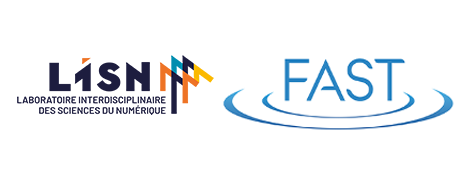
A while ago our lab developed a range of microfluidic tools to produce and manipulate microfluidic droplets. These tools allow us to make dense arrays of hundreds of drops per square centimeter, which can be kept stationary for long periods of time. More recently we have shown how these drops can be used for cell culture, particularly for the 3D cellular spheroid or organoid formats. The suite of technologies for biology have been published in 2017-2020 [1-2]. In this presentation I will present the fluidic technology and show how to use it to model cancer immunotherapy, by co-encapsulating a spheroid of cancer cells with cytotoxic T-cells. Spatio-temporal observations of the T-cell accumulation and killing of the cancer spheroid allows us to extract the signature of two collective effects that mediate the cancer killing.
[1] Multiscale cytometry and regulation of 3D cell cultures on a chip. S Sart, RFX Tomasi, G Amselem, CN Baroud - Nature communications, 2017
[2] Individual control and quantification of 3D spheroids in a high-density microfluidic droplet array. RFX Tomasi, S Sart, T
Champetier, CN Baroud - Cell reports, 2020